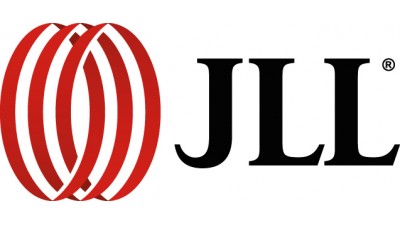Five Capital Improvements Denver Office Buildings Can Make To Stay Competitive With New Construction

In an effort to compete with modern office buildings, which are packed with luxury amenities, many older properties have had to undergo significant renovations to maintain occupancy and attract new companies. As employees unchain themselves from their desks and cubicles, demanding an improved work/life balance and room to roam, properties have already spent or plan to spend $71M on capital improvements.
New office construction deliveries will spike in 2017, to match Denver's 25% employment growth. The city also ranks No. 11 for total office inventory in the U.S. In the Denver central business district, JLL reported 1.45M SF of new, Class-A construction in Q4 2016. The remaining supply is dated.
Which types of upgrades make the biggest impact on tenants? JLL senior vice president Andy Ross has identified five key improvements that buildings are making to stay competitive.

1. Improved Lobbies And Communal Spaces
First impressions are important. Offices that invest in brighter, more open and more accommodating entry areas can help prospective tenants fully imagine occupying the building. In LoDo, 17th Street Plaza updated its two-story lobby with bright walls, lighting, high-tech security and high-speed elevators. The plaza matched the cosmetic changes with an award-winning concierge on the ground floor, keeping tenants up to date with the latest building events or helping them plan a company gathering in the plaza's numerous shared spaces. Buildings also have taken advantage of rooftop space, creating landscaped terraces for the entire building and providing another area for tenants during the workday. Shared office space promotes spontaneous interaction, a popular goal for work productivity.
2. Adaptable, Fully Equipped Conference Centers
Larger companies often have to rent space in nearby hotels to accommodate all of their employees for a meeting. Others look for space to break into smaller groups. Newer office buildings tout rooms that can seat upward of 100 people or be broken into smaller, more intimate work areas. New conference rooms are also equipped with amenities like flat-screen TVs, conference phones and built-in audiovisual technology.
3. State-Of-The-Art Fitness Centers
The influx of younger professionals in the workforce has brought a renewed interest in fitness. As the typical 9-to-5 business becomes outdated, it has become harder to have daily workouts. Office fitness centers provide a convenient way to stay healthy without traveling out of the way or paying a steep membership fee. Building owners have incorporated showers and lockers into these facilities, making it easier to maintain work/life balance.
4. Accommodating Alternative Commuter Options
In 2016, Denver began its “B-cycle” bike sharing program, offering residents a cheaper, healthier commute. It has been successful, with 47% of the B-cycle rides last year replacing vehicle trips, according to the Denver Post. While many Class-A office buildings offer covered parking spaces for cars, an increasing number have secure, climate-controlled bike storage rooms to accommodate this new type of commuter.
5. WiFi-Ready Spaces
Consistent, high-speed WiFi can make or break an office building. Tenants want to be able to read an email on their phone going into an elevator and have it sent to the recipient by the time they get out, all without a dip in service. Ever-present WiFi keeps tenants mobile, letting them get their work done in communal spaces without being confined to their desks.
To learn more about this Bisnow content partner, click here.

